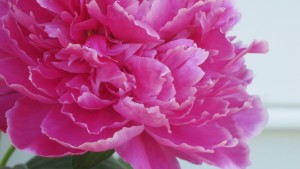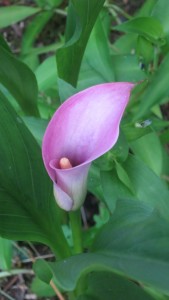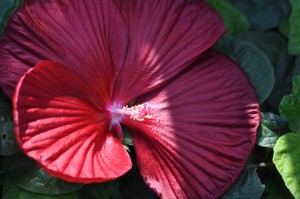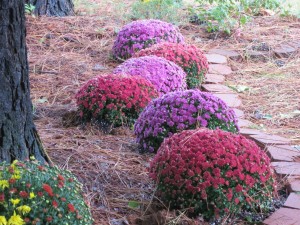We love to garden and we work on ours whenever the weather and our work schedules will allow. Hammett, our family friendly Irish Setter, is still with us. He’s a bit slower in the field, but is healthy otherwise. We’d like to keep him that way, so our garden needs to be dog friendly as much as possible.
This year we went to the new garden center in town to pick up some flowering ground covers to fill in shady spots between the larger plants under the trees, along with a few new flowering trees for the backyard. The owner of the garden center knows Hammett snuffles at everything, so she steered us toward plants that are safe for both dogs and cats.
But, as we wandered through the aisles of glorious flowers and foliage, she mentioned a very popular groundcover that is a no-no for any gardener with pets that like to sample the new greenery in the yard.
Portulaca, a groundcover that has many colorful varieties,
can cause vomiting and diarrhea if ingested. Ferns and Burro’s Tail might be a better choice. No flowers, but safer if your dog chews everything in sight.
Calla Lily
We knew that day lilies were not a good idea for cats, but thought that calla lilies might work for dogs, especially after we saw the beautiful pink one at the garden center. Nope. They can cause burning, irritation of the mouth, tongue and lips, and excessive drooling. Sheila sighed and put the pot back on the bench.
We had a row of peonies in the back that were out of Hammett’s way, but because of flooding, we had to move them.

Unfortunately, we discovered that peonies are a bad idea for dogs because eating the flowers can cause vomiting, diarrhea, and depression. I was a little surprised at depression being listed as a symptom, but then if the poor dog gets sick…I guess that would be an issue while he mopes around recovering. We solved our problem by fencing the peony area. Hammett has been trained to avoid fences.
Everybody in the family knows that the garden is a work in progress, especially since the wet weather more or less drowned a few specimens. With that in mind, the cousins bring us small plants or clippings whenever they stop by. We’ve enjoyed expanding the flower beds, but one gift was a well-meaning near mistake. Hibiscus
also causes vomiting, diarrhea, and nausea. After we heard about the problems, we planted it next to the peonies, behind the fence.
We love mums in every color and variety. We know they cause vomiting, diarrhea, and even incoordination, but we have planted them in an area of the yard where Hammett never goes. A black snake lives a few feet from there and ever since Hammett first saw the snake and jumped about ten feet straight back, he stays far away from that part of the property. The snake is happy, Hammett is happy, and we get mums in the yard. Win-win-win.
Clematis
A clematis can cause vomiting and diarrhea, but ours is growing on a porch post, well out of Hammett’s reach.
Our dog friendly flowers – coreopsis, petunias, snapdragons, and cornflowers – are lookin’ good and we have them in spots where Hammett might wander through or snuffle at a bug on the ground. They look pretty and his tummy stays happy.
To read “Don’t Poison the Dogs and Cats” (part 1) click here.
Check with your garden center for information about pet friendly plants.
Or
Click on this link from the ASPCA:
http://www.aspca.org/pet-care/animal-poison-control/toxic-and-non-toxic-plants/
*Photos by Patti Phillips





